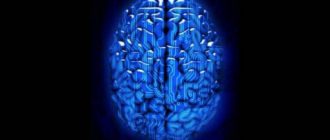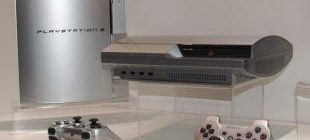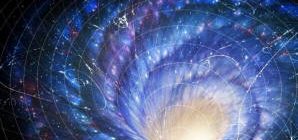 A photo from open sources
A photo from open sources
Experts said they succeeded in the laboratory simulate a supernova explosion, together with the corresponding shock wave of charged particles. It all started with the fact that scientists from Oxford University decided to find out why magnetic fields Cassiopeia A (remnants of a supernova) in some areas take strange forms, and are also intense and uneven. In addition, researchers wondered why magnetic fields in intergalactic space billions of times more stable than in areas with higher concentration cosmic matter or gravity. Looking at space with Earth’s surface, we observe cosmic background radiation – an echo of the Big Bang that spawned our universe. it background radiation looks almost the same from anywhere the surface of the planet. The uniformity of radiation indicates that that the space between the stars practically does not interfere with it spread, as well as that in outer space homogeneous and rather weak magnetic field, value of intensity which should not exceed parts per million on the Gauss scale. The actual value of the charge of intergalactic magnetic fields in billions of times more. Modern theories say that power magnetic field in interstellar space is from 10 to 21 Gauss. For comparison, the power of the Earth’s field varies from 0.25 to 0.65 Gauss. Why is this happening? To figure this out researchers put in an inert gas chamber argon, a carbon rod with a diameter of about 500 microns. They are near placed a plastic grill that served as a barrier to simulate the interstellar medium. The carbon itself was directed powerful laser beams. Under the influence of a laser beam, carbon evaporated, its particles scattered to the sides with lightning speed, forming a cloud of expanding plasma. When viewing a recording experiment in slow motion it is clearly seen that the lasting fraction seconds, an explosion is like a supernova explosion. Part of the plasma clouds passed through the lattice, while the plasma formed turbulent eddies and magnetic field stress zones at the exit points. Those plasma particles that have not encountered obstacles in the form of a lattice, flew around the camera evenly, more synchronously, and at the same time retained their physical properties unchanged. Having studied the results experiment, the researchers decided not to stop at achieved. They conducted the same experiment, but without a barrier. In that once the plasma vortex turned out to be more extended and uniform, however its magnetic fields have become much weaker. Because any moving a charged particle creates a magnetic field, then, in a collision in space with other particles the magnetic field variables also change, increasing his tension. When a star explodes like Cassiopeia A, billions of tons of its matter are pushed into interstellar medium. Therefore, although it may seem to many that the space between the stars is empty, anywhere in space at the same time, there are from 100 to a trillion atoms per atom cubic meter. In space vacuum, a rarefied gas ejection stretches for millions and billions of kilometers from the place of the explosion of a star. And when the shock wave from the exploding star reaches more dense interstellar space, charged particles initiate inside these areas are more intense magnetic fields.






